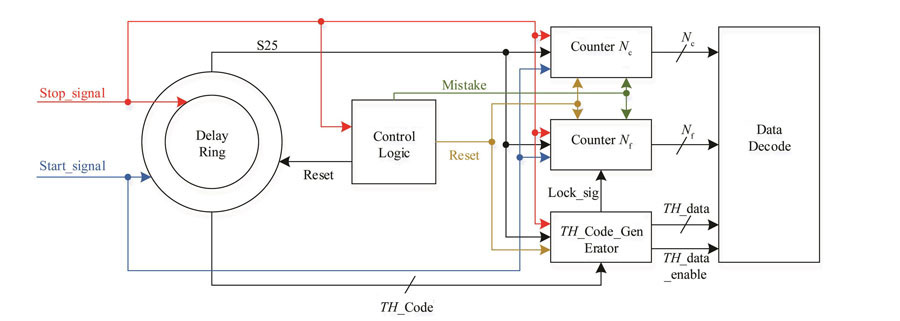Yichao MA, Liangyi WANG, Haiyun TENG, Junguo JIANG. Design of a TDC chip based on 0.18 μm SMIC technology[J]. NUCLEAR TECHNIQUES, 2022, 45(11): 110402
Search by keywords or author
- NUCLEAR TECHNIQUES
- Vol. 45, Issue 11, 110402 (2022)
Abstract

Set citation alerts for the article
Please enter your email address



